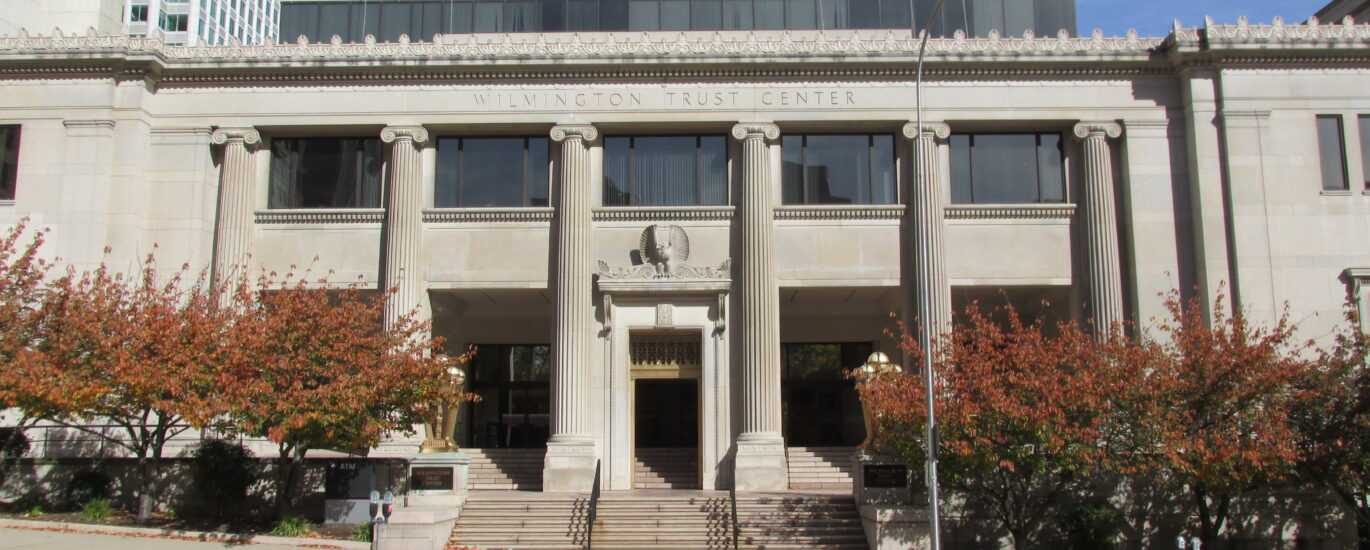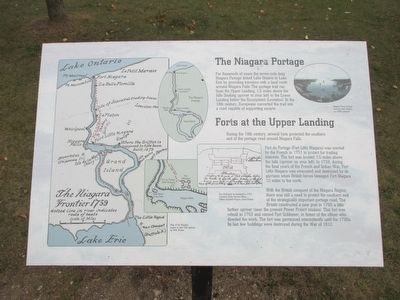The Wilmington Post Office, Courthouse, and Customs House stands as a testament to the rich history of Wilmington, Delaware. This distinguished building has played a significant role in the city’s development and its interaction with the broader United States.
Established in the late 19th century, the building served as a center for federal operations in the region. As a post office, it facilitated communication, commerce, and connection, echoing Wilmington’s historical role as a bustling port city. The courthouse and customs house functions underline the city’s importance in trade and governance.
Wilmington itself was founded on the site of Fort Christina, the first Swedish settlement in North America, and has a history marked by its strategic location at the confluence of major rivers. Over the years, Wilmington evolved from a small settlement into a key industrial and commercial hub, particularly during the late 19th and early 20th centuries, a period when this building was central to its civic life.
Many notable figures have passed through Wilmington and its institutions. For instance, Thomas Penn, who named the city after his friend Spencer Compton, 1st Earl of Wilmington, played a significant role in its early history. The city was also a part of the Underground Railroad, with figures like Thomas Garrett aiding enslaved people seeking freedom.
Over time, the Wilmington Post Office, Courthouse, and Customs House have witnessed significant events, from the Civil War to the industrial boom, reflecting the city’s resilience and adaptability. These walls have seen the city grow and change, mirroring the broader American narrative of progress and challenge.
Today, while the functions of this building have evolved, it remains a symbol of Wilmington’s rich past and its ongoing story.



